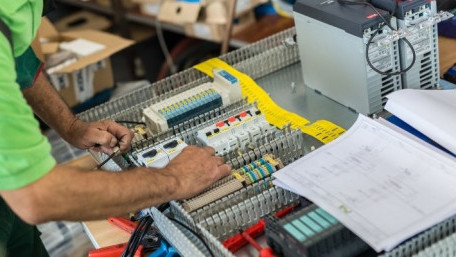
Power supplies tend to get a reputation as one of the most important power considerations of a DC control circuit - but we can’t ignore other key players:…
Power supplies tend to get a reputation as one of the most important power considerations of a DC control circuit - but we can’t ignore other key players: power filters, converters, and backup power modules.

In honor of May the 4th, Star Wars Day, we compare the sources and applications of the two most common force-delivery…
In honor of May the 4th, Star Wars Day, we compare the sources and applications of the two most common force-delivery systems - mechanical and hydraulic.
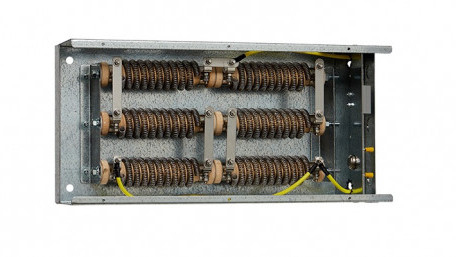
Large DC and AC motor drives often provide terminals for installing a braking resistor. What are these resistors, and how…
Large DC and AC motor drives often provide terminals for installing a braking resistor. What are these resistors, and how do they slow down a machine? What hazards and cautions must be considered?
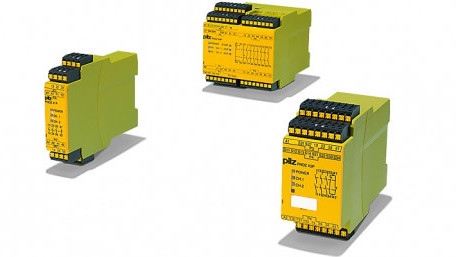
Redundancy and safety are often seen together in industrial safety systems. Safety relays monitor emergency devices to…
Redundancy and safety are often seen together in industrial safety systems. Safety relays monitor emergency devices to switch contacts based on status - but what makes them different from normal relays?
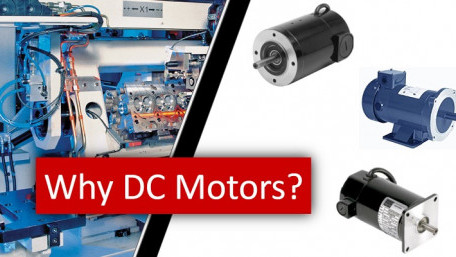
AC motors are common throughout industry - easily controlled by VFDs and without the maintenance that comes with DC…
AC motors are common throughout industry - easily controlled by VFDs and without the maintenance that comes with DC brushes. So then, why are DC motors still used in certain applications?
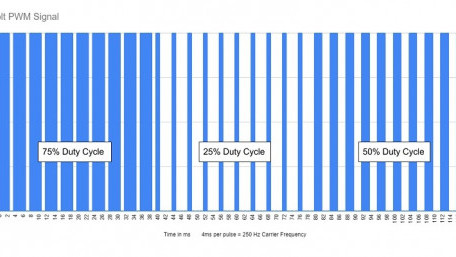
Power delivered to devices can be changed by raising or lowering the voltage and current. But this method does not always…
Power delivered to devices can be changed by raising or lowering the voltage and current. But this method does not always produce intended results. Pulse width modulation (or PWM) can be used to better control variable loads.
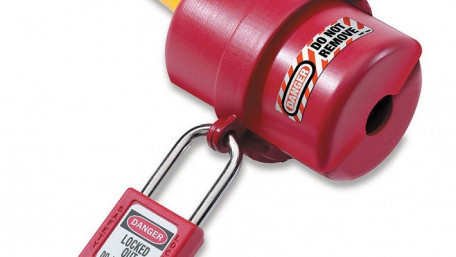
One of the most visible elements of industrial safety is the use of lock-out-tag-out (LOTO) devices, familiar to those…
One of the most visible elements of industrial safety is the use of lock-out-tag-out (LOTO) devices, familiar to those with experience. But, if you are new to the workforce, a brief introduction may be helpful.
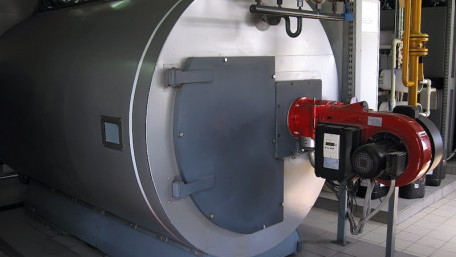
Safety is of utmost importance in the day-to-day operations of any system, especially a system where humans and machines…
Safety is of utmost importance in the day-to-day operations of any system, especially a system where humans and machines work together. Learn all about Safety Instrumented Systems and what it takes to keep workers safe, and the system running smoothly!
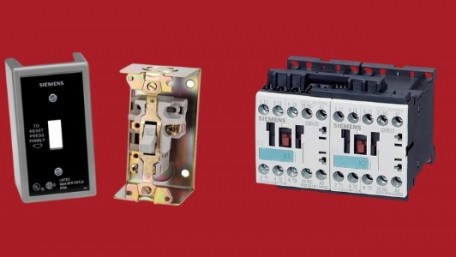
Motors drive all sorts of processes in a facility. Depending on the application, which motor starter is best suited for…
Motors drive all sorts of processes in a facility. Depending on the application, which motor starter is best suited for your needs?
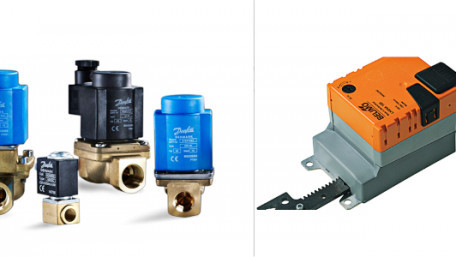
Solenoids and linear actuators provide similar movements in industrial applications. What are the main similarities and…
Solenoids and linear actuators provide similar movements in industrial applications. What are the main similarities and differences, and how are they each used?
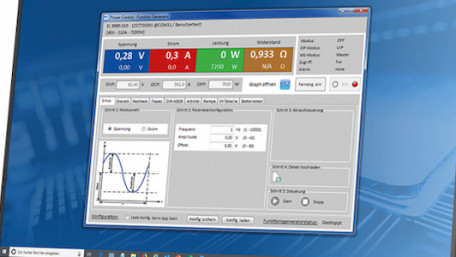
New control technology requires new interfaces. How can you implement fuel cell hardware-in-the-loop (HIL) simulations…
New control technology requires new interfaces. How can you implement fuel cell hardware-in-the-loop (HIL) simulations using an HMI?

Learn about the different types of industrial remote monitoring and some of the various remote monitoring processes used…
Learn about the different types of industrial remote monitoring and some of the various remote monitoring processes used in industry.
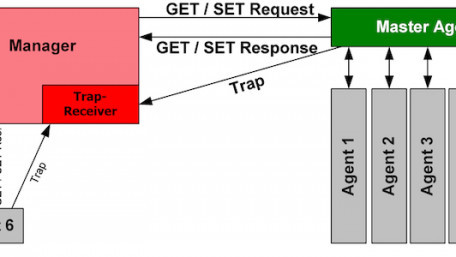
This article discusses common implementations of UPS in control systems and important design considerations.
This article discusses common implementations of UPS in control systems and important design considerations.
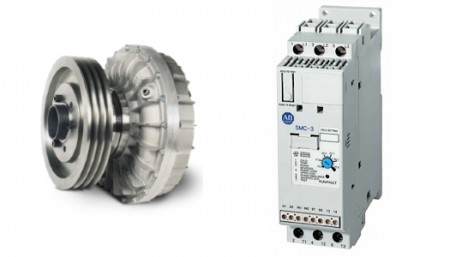
Learn about the different types of electrical and mechanical soft-start methods as well as devices to use for each method.
Learn about the different types of electrical and mechanical soft-start methods as well as devices to use for each method.
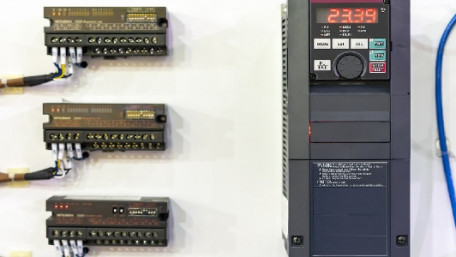
Variable frequency drives (VFDs) can output simulated waveforms of nearly any frequency. However, in order to be truly…
Variable frequency drives (VFDs) can output simulated waveforms of nearly any frequency. However, in order to be truly useful, harmonics and resonance in the system must be avoided and frequency parameters should be put in place.
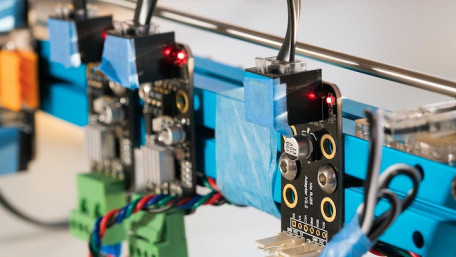
Of all types of three-phase motors, the twelve-wire motor provides the most options for connecting based on voltage and…
Of all types of three-phase motors, the twelve-wire motor provides the most options for connecting based on voltage and system configuration (wye or delta). Learn the details and wiring options of these versatile motors.
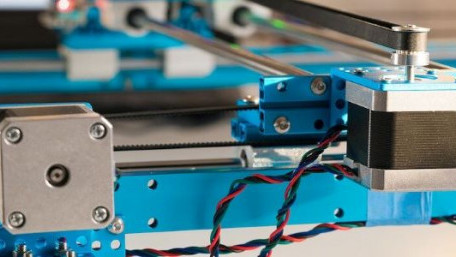
Three-phase motors with three or six wires have limited options for wiring, but are easier to use and have important…
Three-phase motors with three or six wires have limited options for wiring, but are easier to use and have important roles to play. Learn the difference between three- and six-wire three-phase motors for low and high voltage applications.
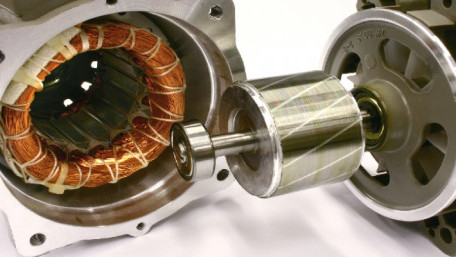
In this article, learn the differences between single- and three-phase motors, including how each one works and…
In this article, learn the differences between single- and three-phase motors, including how each one works and applications best suited for each type.
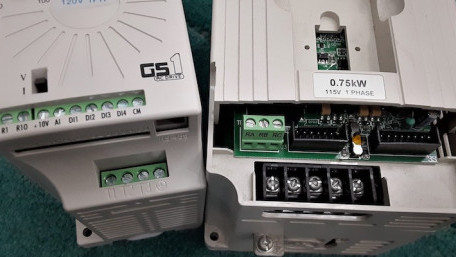
To increase the flexibility of a motor control system, a variable frequency drive (VFD) is a common device that solves…
To increase the flexibility of a motor control system, a variable frequency drive (VFD) is a common device that solves many motor control problems. In this article, learn how to control manual input of VFDs.
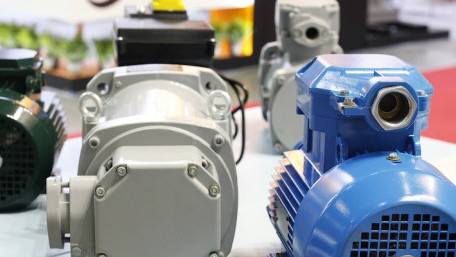
This article looks at some common windings and wirings for three-phase motors, including internal Wye windings and low…
This article looks at some common windings and wirings for three-phase motors, including internal Wye windings and low and high voltage wirings.
